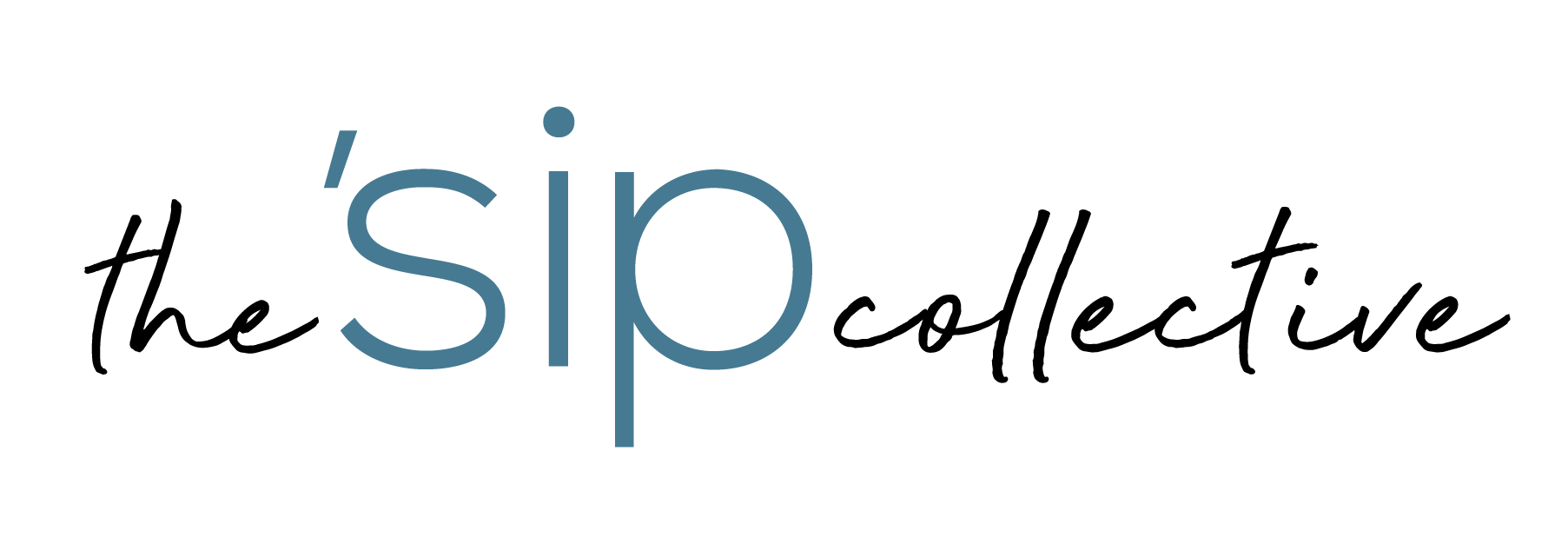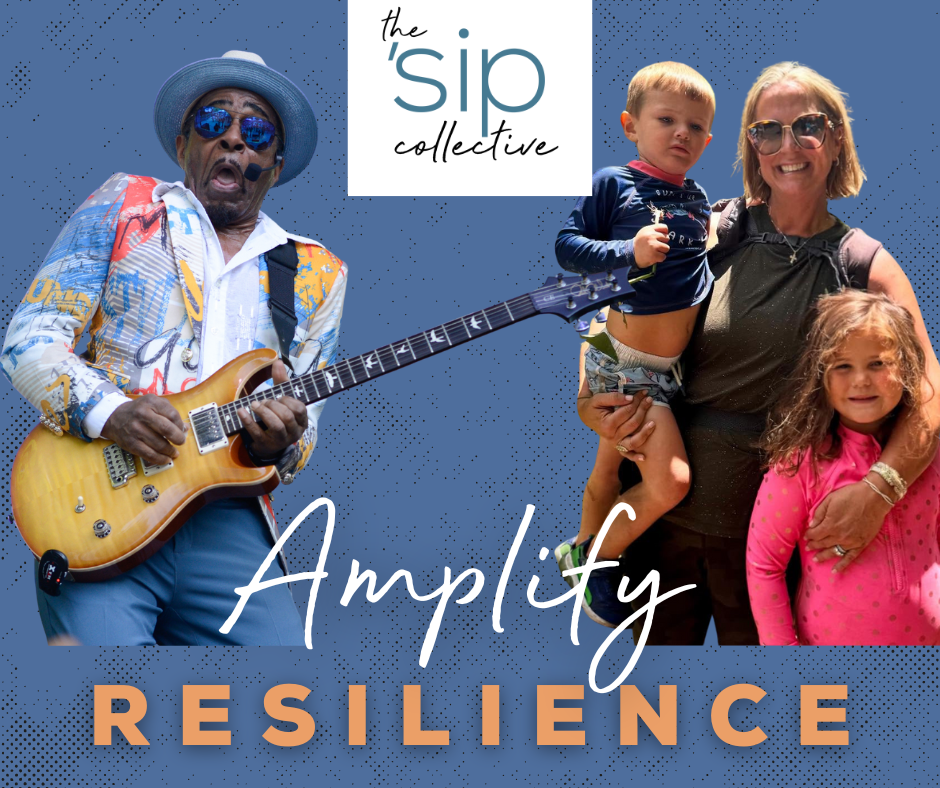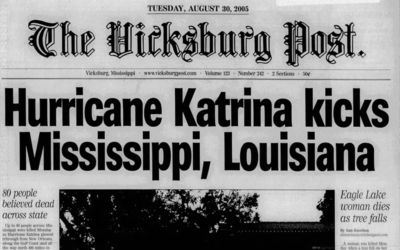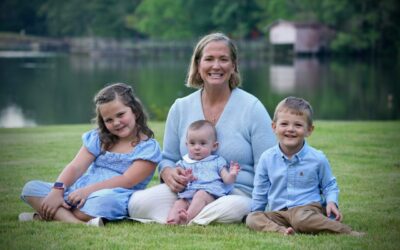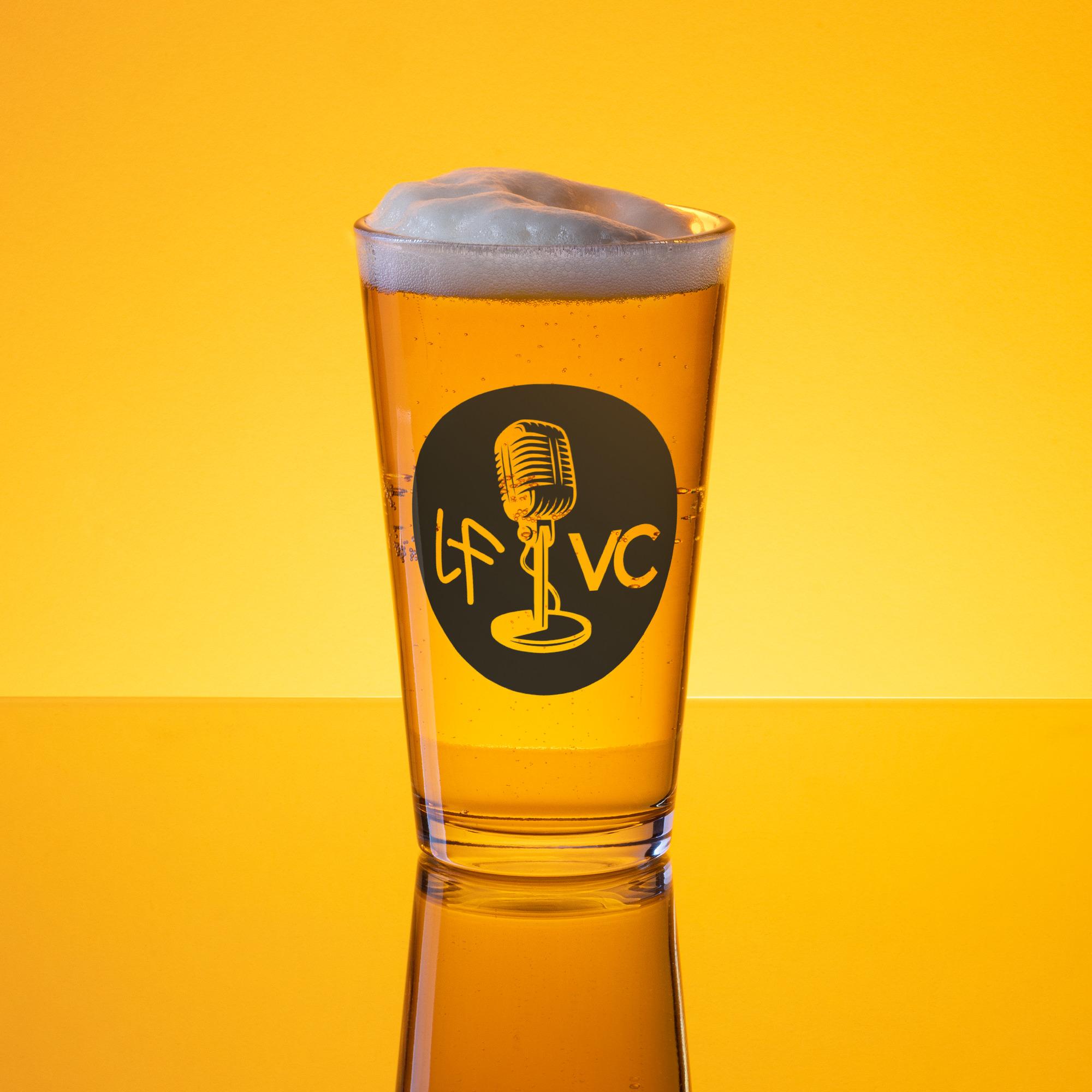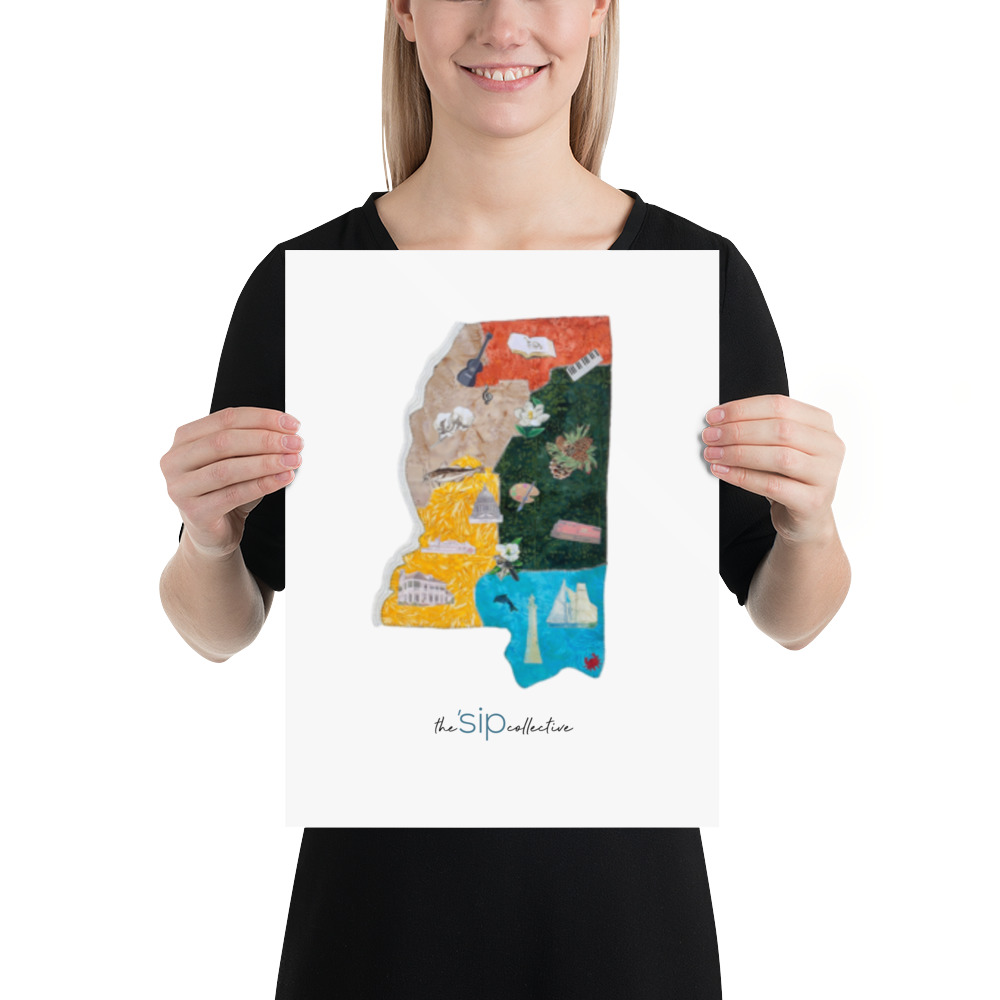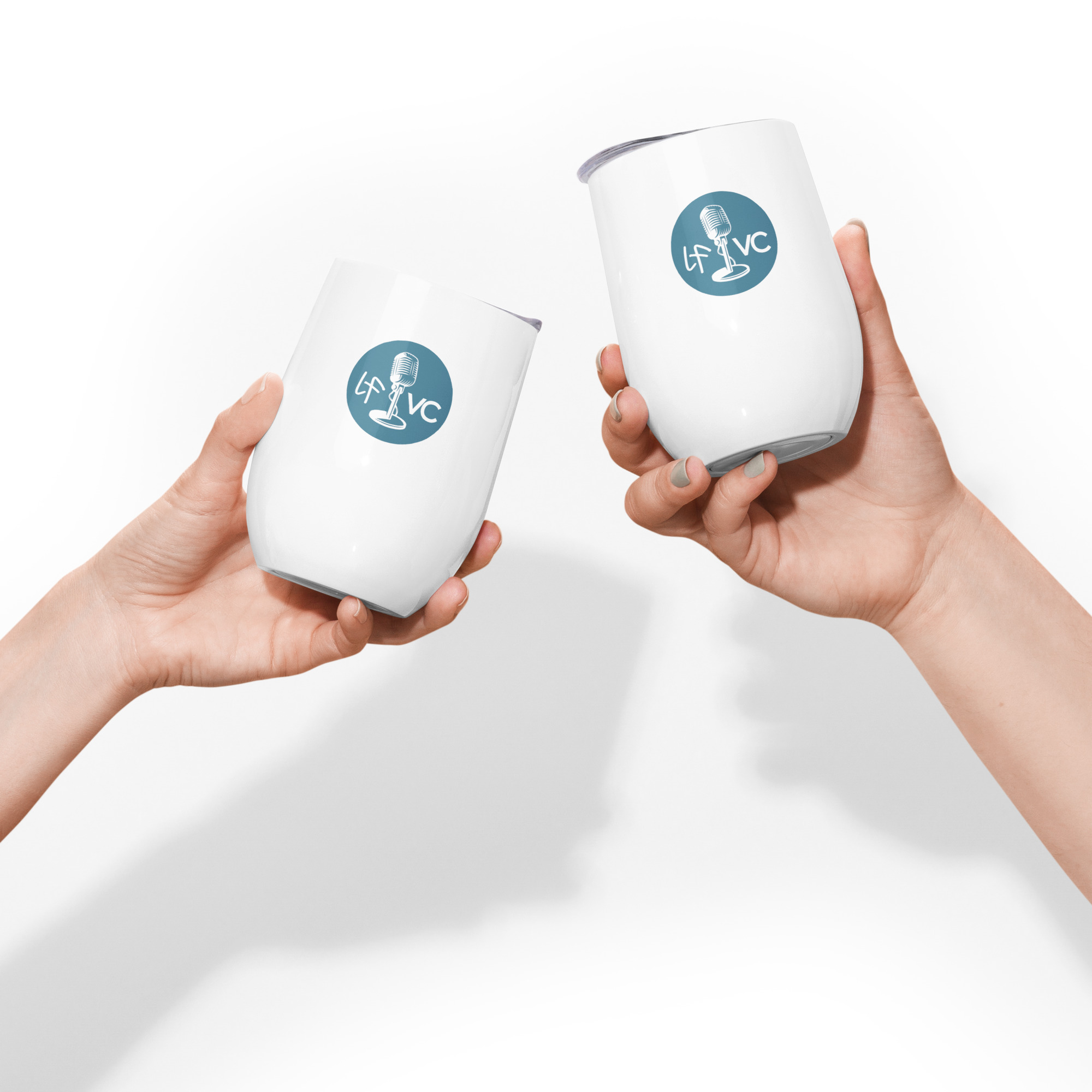
This month’s theme is resilience—featuring powerful stories from people who’ve lived it, told with heart and honesty.
Don’t miss an issue! Sign up to be the first to read our features and exclusive content.
From the Front Porch: Remembering Katrina
On August 29, 2005, I was off from work. I’d covered the weekend shift at The Vicksburg Post, so that Monday I found myself at home, sitting in my living room watching what I called “Hurricane TV.” Meteorologists clung to poles on The Weather Channel, shouting into...
Standing in the Path of Hurricane Katrina’s Fury
Mississippi’s Gulf Coast was ground zero for the worst impacts of the historic 2005 storm. To leave or not to leave — in hurricane season, that is often the most consequential question anyone can answer. In the best-case scenario, staying put during a...
Back to joy: Dr. Alyssa Killebrew’s powerful journey
Despite the trials life has sent her way, the psychologist, businesswoman and philanthropist continues to chart a course built on helping others achieve their potential. Trials and traumas have a way of defining the course of life as much as ambition and...
Don’t miss an issue!
Subscribe to Amplify The Sip by LFVC
Each month, we share soulful, story-rich issues straight to your inbox—featuring:
• Original cultural storytelling
• Gems from The ‘Sip archives
• Behind-the-scenes reflections
• Playlists, Q&As, and more
Feel the story. Save your seat.
Real stories. Human connection. A new way to experience culture, journalism, and community.
What is Amplify?
Amplify is our digital publication and storytelling hub.
We share real stories that reflect who we are, where we come from, and what connects us. Every issue is rooted in a theme—from resilience to memory to joy—and includes original stories, visuals, sound, and tools to help you reflect, connect, and share.
We believe storytelling should make you feel something. That’s why Amplify brings together journalism, art, and culture to show what’s possible when stories are told with care and context.
What you’ll get
✍️ A beautiful newsletter each month
🎙️ Original and archival stories rooted in culture and community
🛠️ Engagement kits and prompts to help you reflect, share, and connect
❤️ A front-row seat as we build a new storytelling ecosystem from the South outward
You’re here at the beginning.
If you’re reading this, you’re one of the first.
We’d love for you to grow with us, share with others, and help build something meaningful from the ground up.
📬 Sign up below to receive the first issue.
(And keep an eye out—we’ll soon invite Founding Members to join us more deeply.)
Why It Matters
Because it’s how we connect.
We’re living through a crisis of disconnection. Local news is disappearing. Our stories are too often left untold.
Amplify The Sip by LFVC exists to change that.
We believe storytelling can restore trust, reveal truth, and help us belong to something bigger.
Amplify by LFVC: Issue 2
From the Archive
Mississippi Quilting
“Mississippians have created a remarkable record of history and art in their quilts,” said Mary Lohrenz, who curated “Stories Unfolded,” a temporary exhibition of quilts from the state archives’ collection. The collection is part of the Dec. 9 opening of the Museum of Mississippi History and the Mississippi Civil Rights Museum.
Quilts, from utilitarian bedcovers crafted from scraps to high-style showpieces of imported fabrics to narrative quilts that share a story, all have a place in the state’s history and “Stories Unfolded.”
From the Archive
Tutwiler Quilters
Bobbie, Bessie, Susie, Ethel, Zelda.
Lovie, Alberta, Ollie, Ora, Pandora
Daisy, Lady, Florence, Willie, Bertha.
Arnesta, Edna, Pearlie, De Ella, Magnolia
These are the names of some of the Tutwiler Quilters who have come and gone — their names and pictures, pinned to a board inside the Tutwiler Community Education Center.
Amplify by LFVC: Issue 1
From the Archive
Mississippi native marches on to spread message of equality across the world
WASHINGTON, D.C.—It was a hot August day 50 years ago in Washington, D.C. The sea of people was so thick that the whites, blacks, Asians and Indians holding hands could hardly move. Ambulance sirens sounded, yet the atmosphere was peaceful—and freedom was in the air.
“It was a celebration,” said 76-year-old Marie Davenport, one of the estimated 300,000 people who gathered for the 1963 March on Washington to heed Martin Luther King Jr.’s historic call for civil and economic rights for black Americans.
“We didn’t know what kind of history it would be, but we knew it was something that would never, ever be forgotten. So, we all came—black, white, all people. We held hands together. We sang together. We prayed together. And, we marched together. And, I think, on that day, people felt united. It was a cause this country needed, because it showed people could come together.”
